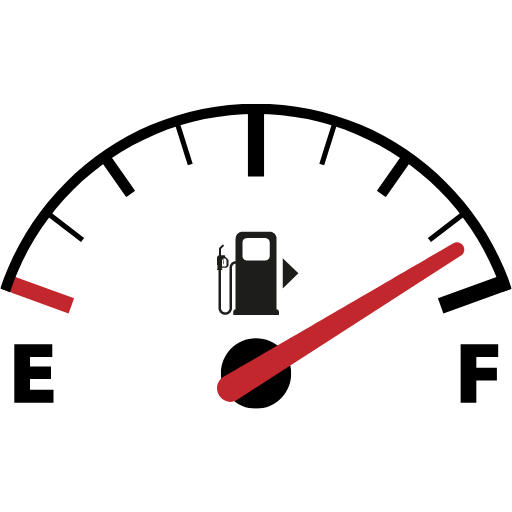About Tire Size Calculator
What is tyre size measured in?
The performance and safety of your vehicle heavily rely on having the right tyres. When selecting tyres, it’s vital to consider the road conditions you'll face and your preference for handling. However, being able to correctly read tyre sizes is essential when making a purchase. Luckily, this process is straightforward, and you can usually find the necessary information in your owner’s manual or on the vehicle itself.
Tyre Type
Tyre type indicates the service or kind of vehicle the tyre is made for. Most common are passenger tyres, often marked with a "P" for passenger vehicles. You might also see "LT" for light trucks, which are tyres made to bear heavier loads. Other classifications like "C," "T," and "ST" refer to commercial and trailer tyres. If there’s no letter, it’s likely a Euro-metric tyre, often used on European cars.
Tyre Width
This refers to the distance between the tyre’s sidewalls, measured in millimetres. The first three digits of the tyre size provide this measurement. For instance, a tyre marked P215/65 R15 has a width of 215 millimetres.
Aspect Ratio
The aspect ratio follows the width, separated by a slash. It represents the tyre's profile, indicating the height of the sidewall as a percentage of the width. For example, a 65 aspect ratio means the tyre’s sidewall is 65% of the tyre's width. In the case of a P215/65 R15 tyre, this equates to 5.5 inches of sidewall height.
Construction Type
Tyre construction refers to how the tyre is built. Today, radial tyres are most common, noted by the letter "R." These tyres provide a smoother ride, better fuel efficiency, and extended tread life.
Wheel Size or Rim Diameter
Understanding the tyre's wheel size is crucial. The last number in the tyre size indicates the rim's diameter in inches. A tyre marked P225/70R16 will fit a rim with a 16-inch diameter. If you decide to upgrade to larger rims, you’ll need new tyres to match.
Load Index
The load index tells you the maximum weight a tyre can support when fully inflated. This index ranges widely, and you’ll need a chart to interpret the exact weight. For instance, a load index of 81 means the tyre can support up to 1,019 pounds.
Speed Rating
The speed rating indicates the maximum speed at which the tyre can perform safely. Higher speed ratings often offer better control at high speeds. For family cars, ratings of "S" and "T" (112 and 118 mph) are typical, while sports cars might use tyres with an "H" rating (130 mph).
DOT Symbol
Every tyre sold in the US must display the DOT symbol, which confirms it meets federal safety standards. High-quality brands will always include this mark, so there’s no need to worry.
TIN
The Tyre Identification Number (TIN) is like a tyre’s serial number. It follows the DOT letters and helps you identify where and when the tyre was made, as well as the manufacturer.
UTQG
The Uniform Tyre Quality Grading (UTQG) provides ratings for temperature capacity, traction, and treadwear. For instance, tyres with an "AA" traction grade deliver the best performance in wet conditions.
A tyre size calculator can help estimate whether a certain tyre size will suit your vehicle. But remember, it’s crucial to stick to your vehicle’s specifications to avoid issues like steering pull, rubbing against the body, or reduced clearance.





